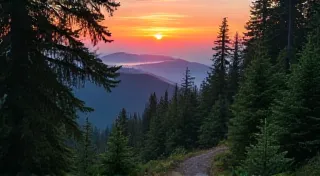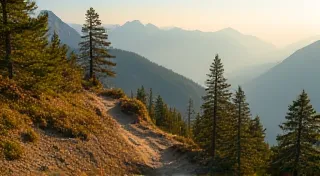Hiking Trails in Arizona: Exploring the Desert Southwest
Arizona, a state synonymous with stunning red rock landscapes, towering cacti, and the iconic Grand Canyon, offers an unparalleled hiking experience. From challenging ascents to leisurely strolls, the state’s diverse terrain caters to hikers of all levels. This guide explores some of the most rewarding hiking trails Arizona has to offer, immersing you in the beauty and challenge of the desert Southwest.
The Grand Canyon: A Majestic Beginning
No discussion of Arizona hiking is complete without mentioning the Grand Canyon. Several trails offer incredible views and varied difficulty. The South Rim is accessible year-round, while the North Rim is typically open from mid-May to mid-October due to snow.
Bright Angel Trail
This popular trail descends into the canyon, providing breathtaking views. It’s a strenuous hike, and it's crucial to be well-prepared for the heat and altitude. Remember to carry plenty of water and snacks. Consider a shorter segment and return rather than attempting a full rim-to-river hike, especially during the hotter months. Planning your gear is essential for any ambitious hike – check out our guide to ultimate backpacking gear for thru-hikers to ensure you're properly equipped for the challenge.
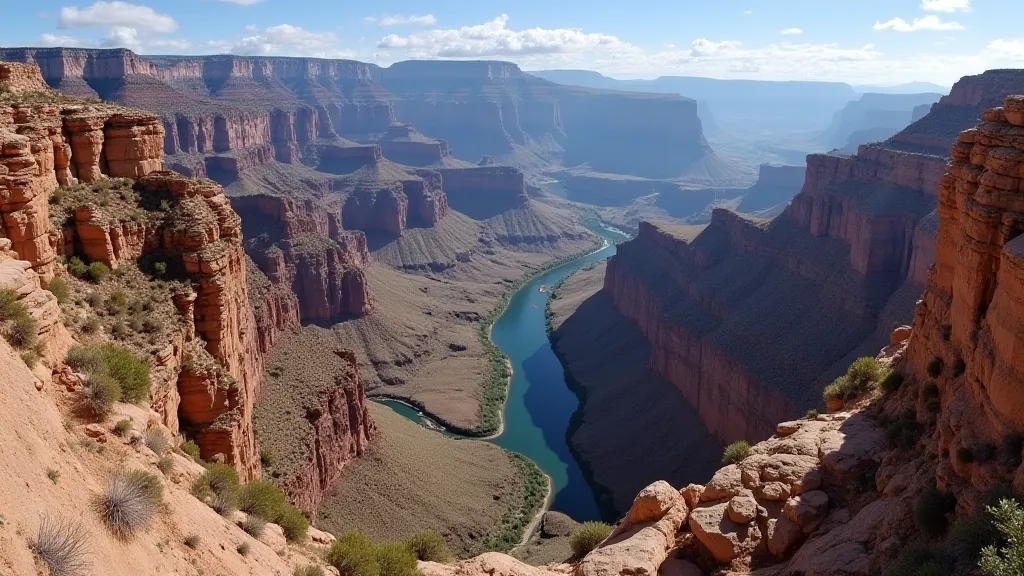
South Kaibab Trail
Steeper and more direct than Bright Angel, South Kaibab offers incredible views but lacks water sources. It's best tackled by experienced hikers in cooler weather. The views are unparalleled, however, and the feeling of descending into the immense canyon is truly unforgettable.
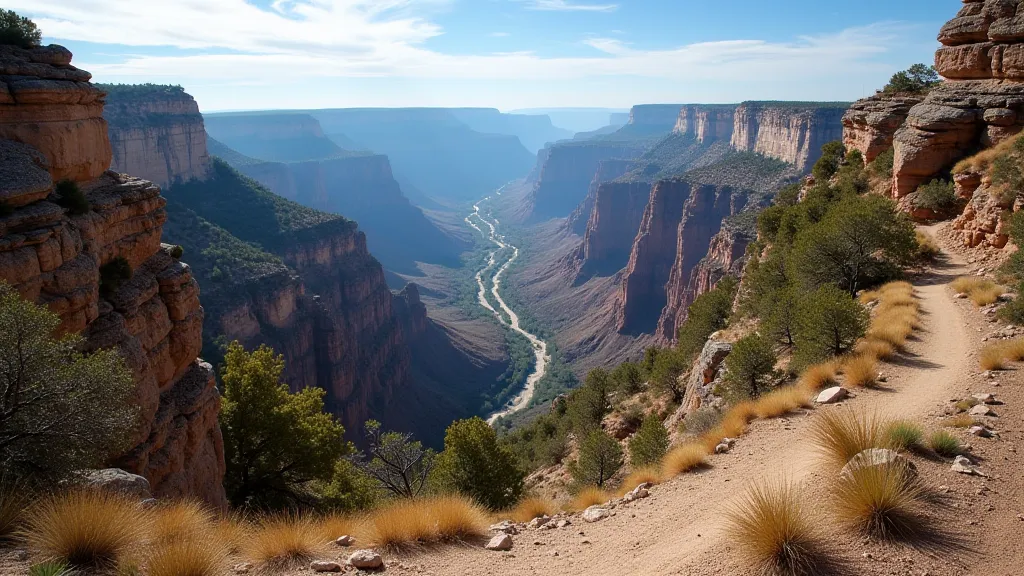
Sedona's Red Rock Wonders
Sedona, known for its vibrant red rock formations and spiritual vortexes, boasts a plethora of hiking trails, each offering unique perspectives and challenges.
Devil's Bridge Trail
This popular trail leads to a natural sandstone arch, offering stunning photo opportunities. Expect crowds, especially during peak season. The final scramble to the arch itself can be challenging for some.
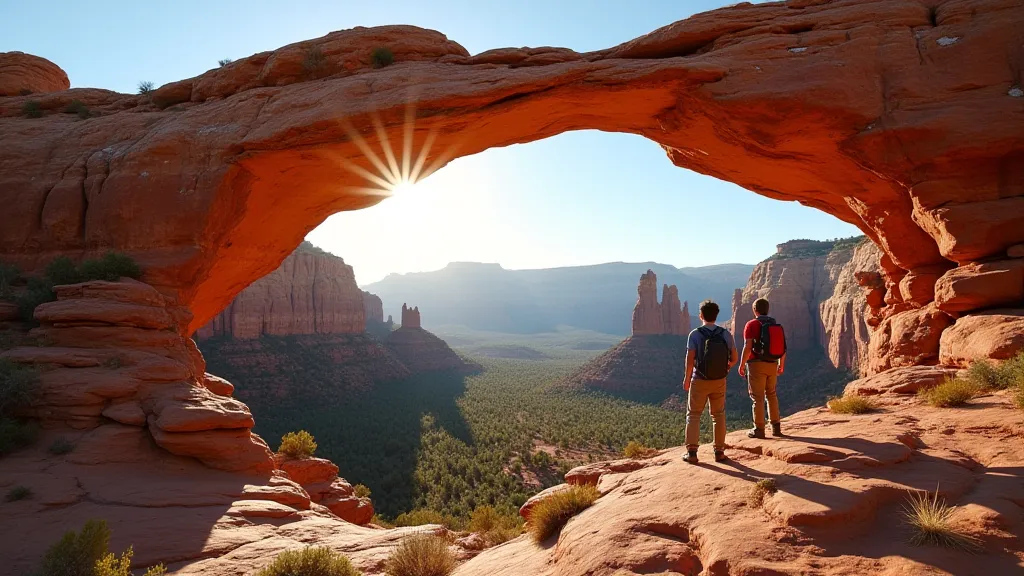
West Fork Trail
A relatively easy and scenic trail that follows a creek through a narrow canyon. This trail is exceptionally beautiful in the fall when the leaves change color. Be prepared to wade through water in some sections, especially after rainfall. Leaving no trace is key to preserving the beauty of these areas – learn more about Leave No Trace principles and how to minimize your impact on the trail.
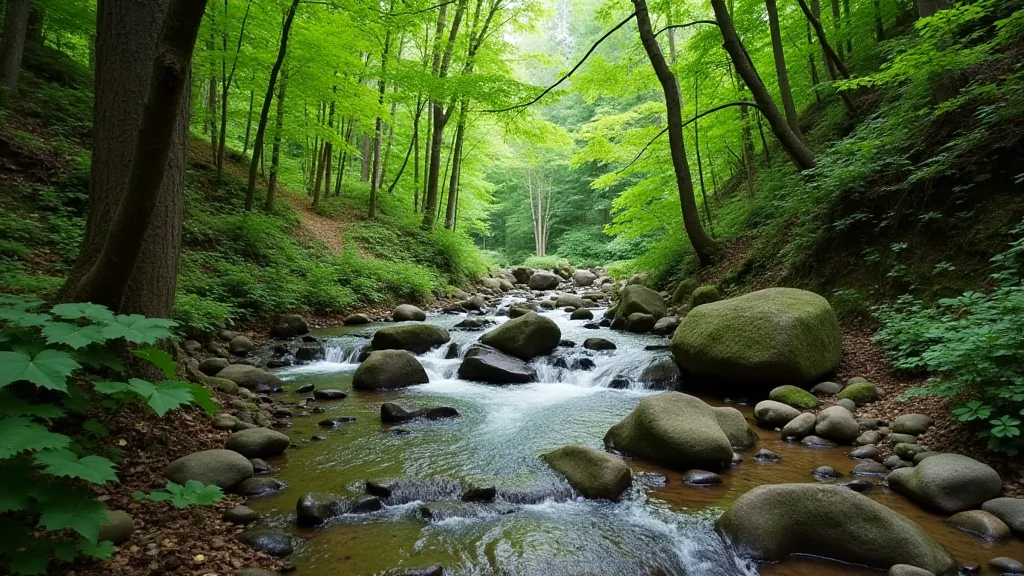
Beyond the Icons: Exploring Other Arizona Trails
Arizona's beauty extends far beyond the Grand Canyon and Sedona. Consider these other fantastic hiking destinations.
Superstition Wilderness
Home to the legendary Lost Dutchman's Gold Mine, this rugged wilderness offers challenging trails with stunning desert scenery. Be prepared for extreme heat and limited water sources. This region is especially rewarding for experienced backpackers. The challenges of backpacking in such a remote location highlight the importance of mindful travel; learn more about the ethical considerations of minimizing your impact on fragile ecosystems.
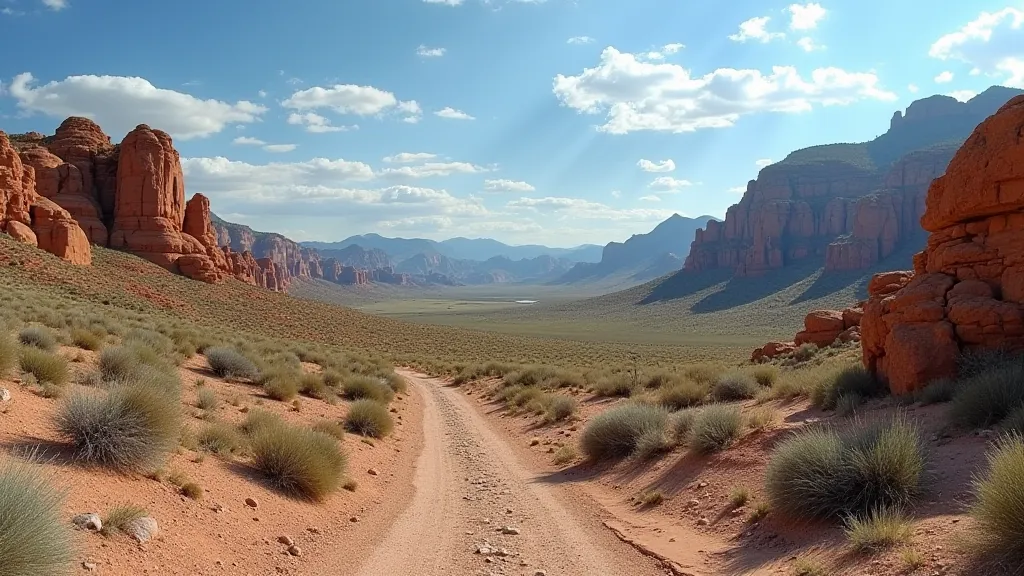
Camelback Mountain
A popular urban hike in Phoenix, Camelback Mountain offers incredible panoramic views of the city. It's a steep and demanding climb, so be prepared for a challenging workout. Many of these Arizona trails are exposed and have limited shade, making proper preparation essential. Knowing how to tread lightly and respecting the environment are vital to ensure these places remain pristine for future generations. We advocate for responsible hiking practices – check out our guide for more details on Leave No Trace: How to Minimize Your Impact on the Trail.
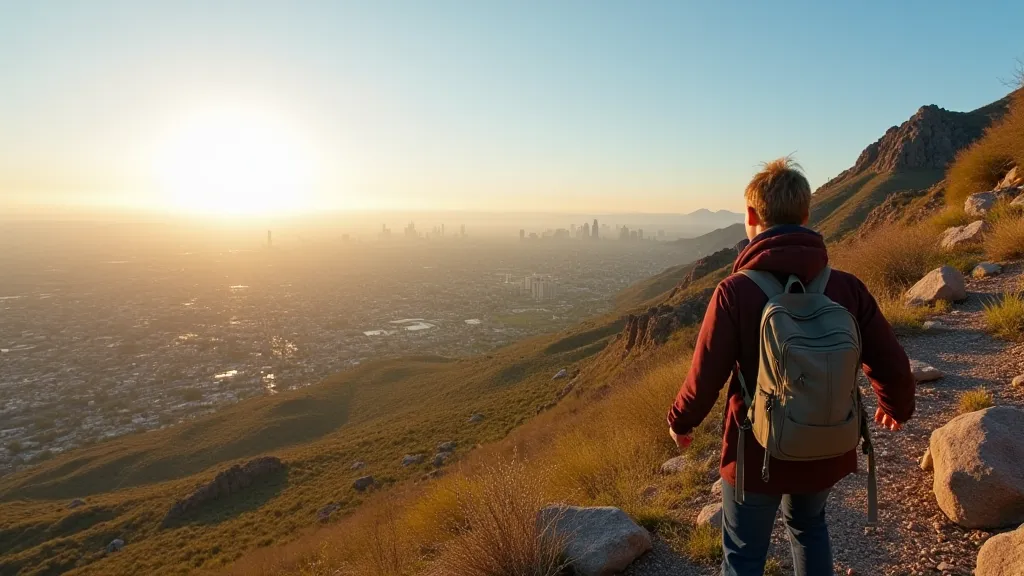
Essential Tips for Hiking in Arizona
- Hydration: Carry plenty of water, more than you think you’ll need. The desert climate can quickly dehydrate you, even on moderately cool days. Consider using a hydration pack for easy access to water throughout your hike.
- Sun Protection: Wear sunscreen, a hat, and sunglasses. The Arizona sun is intense, and prolonged exposure can lead to sunburn and heatstroke.
- Timing: Hike during cooler hours of the day (early morning or late afternoon). This will help you avoid the hottest part of the day and reduce the risk of heat-related illnesses.
- Navigation: Carry a map and compass or GPS device. While many trails are well-marked, it's always a good idea to have a backup navigation system. Understanding basic map reading skills can be invaluable if you ever find yourself off the marked trail.
- Awareness: Be aware of wildlife and potential hazards. Arizona is home to a variety of animals, including snakes, scorpions, and coyotes.
- Leave No Trace: Pack out everything you pack in. This helps to keep the trails clean and beautiful for everyone to enjoy. Understanding the principles of Leave No Trace is a commitment to respecting the environment and preserving its integrity.
- Footwear: Sturdy hiking boots are essential for navigating rocky terrain and providing ankle support.
- First-Aid: Carry a basic first-aid kit to address minor injuries.
- Communication: Let someone know your hiking plans and estimated return time. Cell service can be unreliable in remote areas, so consider a satellite messenger for emergencies.
Arizona's hiking trails offer an unforgettable experience for outdoor enthusiasts. With careful planning and preparation, you can safely explore the beauty and challenge of the desert Southwest. Remember to research your chosen trail, checking for current conditions, alerts, and closures. Consider the difficulty level and ensure you have the necessary skills and gear to handle the terrain. And most importantly, always respect the environment and leave no trace of your visit. Arizona's landscapes are fragile and depend on responsible stewardship for their preservation. Choosing the right trails to explore can significantly enhance your experience. For those looking for slightly less strenuous options, remember that hiking isn's just about conquering peaks; it's about connecting with nature. The serenity of the desert can be truly remarkable, but it's a privilege we must protect. If you enjoy exploring mountainous regions, you might also appreciate the beauty of the Smoky Mountains – check out Best Hiking Trails in the Smoky Mountains for Beginners for a different perspective.

